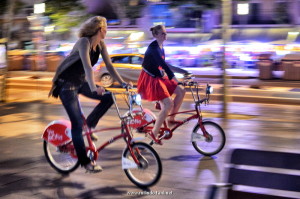
Since 1958, Australia’s annual Good Design Awards program has been recognizing and rewarding excellence in design, innovation and creativity at a national and international level (read, mostly national) – not to be confused with the Japanese ‘G Mark‘ Good Design Award. It is one of the prestigious design awards, and this year, through rigorous evaluation and judging processes, the best entries (mainly Australian) in each category were declared. Take a look.
Flow Hive – Good Design Award of the Year (Product Design – Sport and Lifestyle) | Designers: Cedar Anderson and Stuart Anderson


A Flow Frame consists of partly formed honeycomb cells. The bees complete the comb then fill and cap the cells as usual. A lever is turned to split the cells vertically, allowing the honey to flow down and out of the hive without disturbing the bees or requiring any processing. Because the hive is not opened during harvesting, the bees experience little disturbance or stress. They do not usually notice the beekeeper at the rear of the hive and therefore are less likely to defend their hive through stinging. In urban environments where backyard, balcony and rooftop hives are becoming popular, having calm bees is of particular importance. Once harvesting has finished the bees sense the empty cells and begin the uncapping, re-waxing and refilling process. The partly formed honeycomb cells are designed to ensure that no bees can be harmed or trapped. Opening a hive also offers entry to pests such as Small Hive Beetle, and stresses the bees, making them more vulnerable to disease.
NEVHOUSE – Good Design Award for Sustainability (Architectural Design – Commercial and Residential Architecture) | Designers: Ken McBryde, Kacey Bridge, Interior Life and Dindas



Nevhouse is an Australian company that has designed cyclone-rated affordable homes, schools and medical clinics made from recycled plastic and other waste products. Each structure is architect designed and able to withstand a Category 5 cyclone and operates on solar power and is assembled from kits in only a few days. The end-to-end user experience has been co-designed with people who live in these communities. Social research is conducted in order to understand the geographic, climatic, lifestyle, cultural, health and economic circumstances of the end user.
Gavi – Good Design Award Best Overall (Product Design – Medical and Scientific) | Design: Planet Innovation Pty Ltd


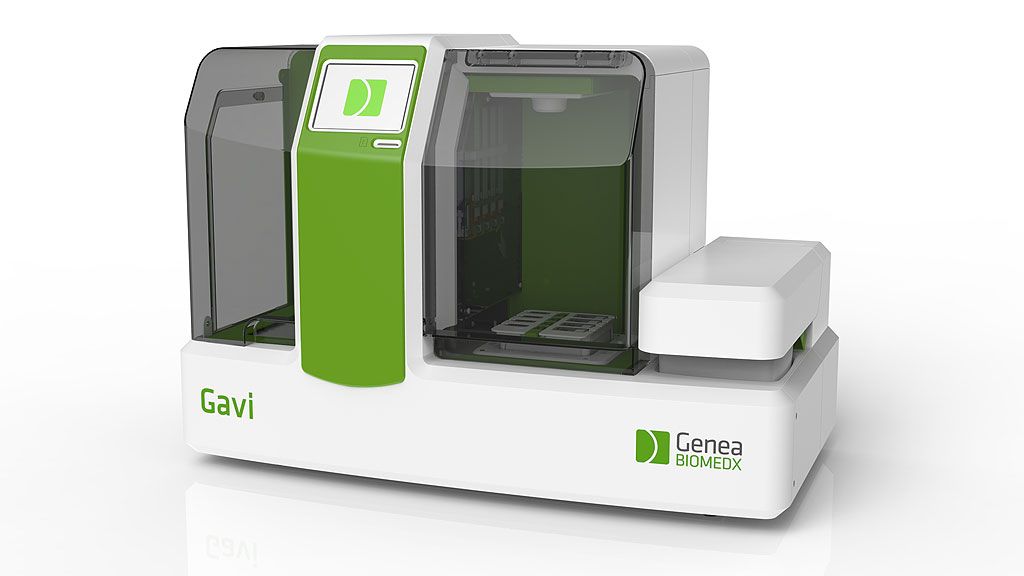
Gavi is a world-first automated embryo vitrification system for use in assisted reproduction, aimed at increasing the fertility outcome for families. Providing greater certainty and control for embryologists in the delicate procedure of preparing IVF embryos for freezing, Gavi is an entire product ecosystem built around a unique core Pod technology. The success of IVF embryo vitrification relies heavily on the manual dexterity of a highly skilled embryologist. A repetitive, time consuming process subject to human variation means not all embryos are treated equal. By automating critical steps, Gavi standardizes the process and ensures each embryo is treated in the best possible way. Utilizing a robotic pipette system to dispense & aspirate the various culture mediums during the cycle, the fluidics system is capable dosing extremely small amounts of fluid in the order of micro-liters. The unique pod system means fragile embryos no longer need to be moved during vitrification; rather Gavi keeps the embryos in one place, while everything is moved around it.
DesignInSchools – Design Education Through Practice: Good Design Award Service Design Overall Winner | Design: Design Managers Australia Pty Limited (DMA)
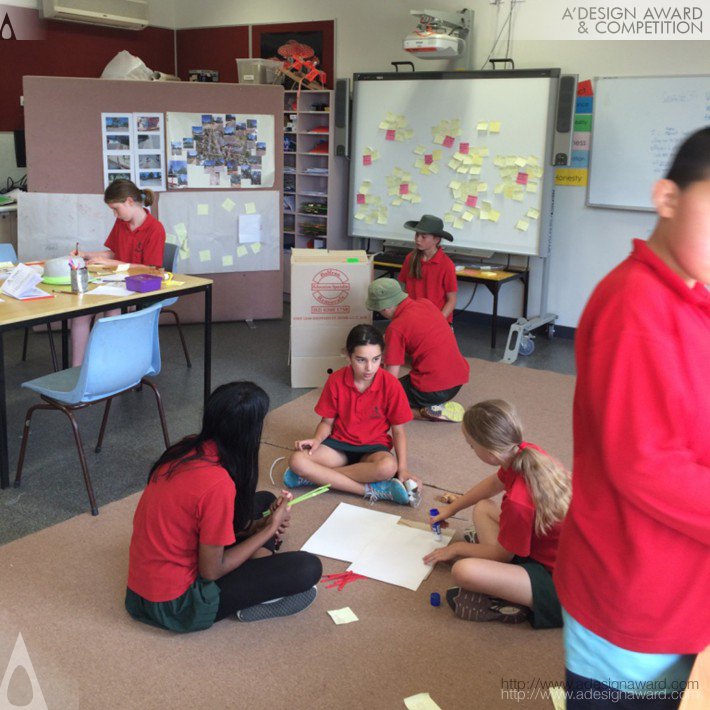
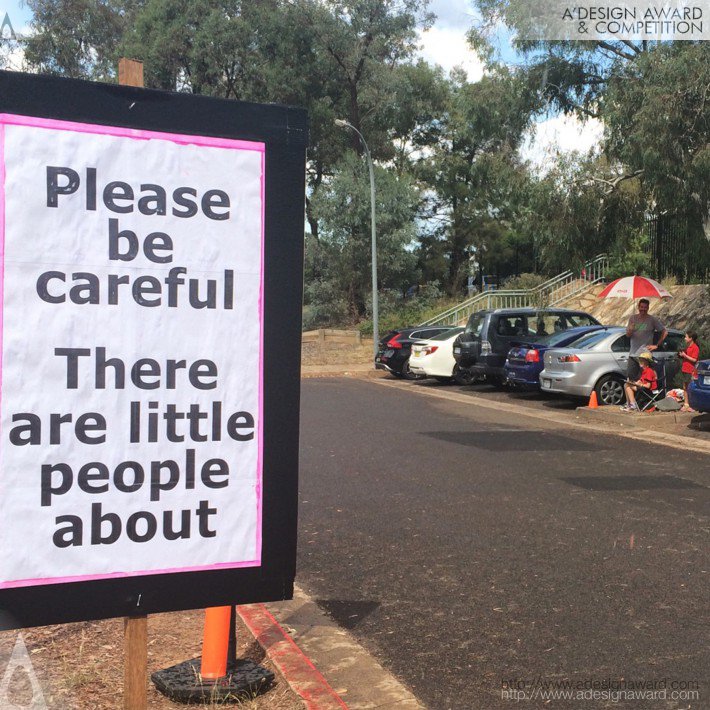
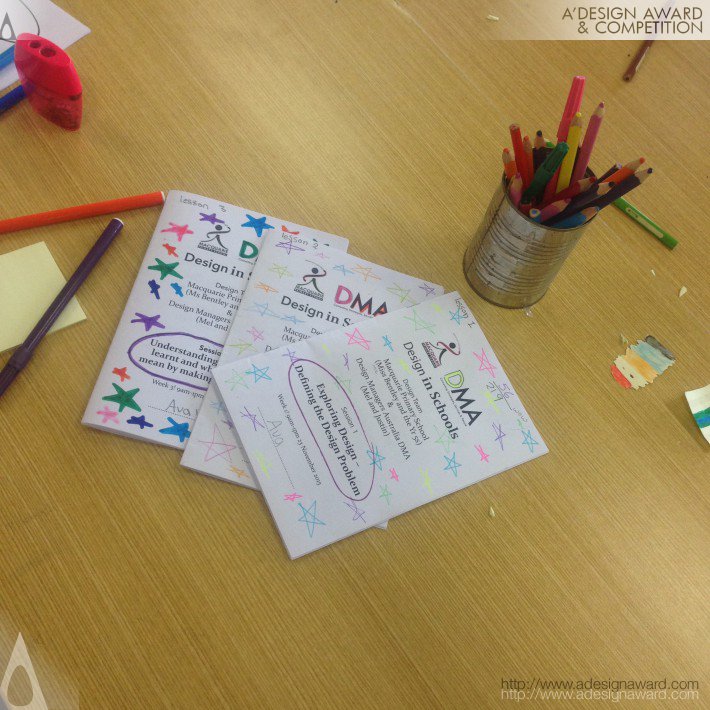
In 2015 Macquarie Primary School and Design Managers Australia Pty Limited (DMA) came together to develop a design learning program for Year 5/6 students. The intention was to undertake a formal, reusable design process to learn service design theory through practice with a real world problem: improving the car park experience. DesignInSchools was co-created with a design and education focus. It was an opportunity to explore with a group of 11 year olds how service design can be used as a creative, problem-solving discipline and how it can extend their current inquiry-based education focus. DMA’s process moved through intent, design research, analysis, prototyping, testing and solution development. The overarching approach was validated with teaching staff and incorporated formal teaching techniques such as the use of a glossary for recall, and split-screening to reflect on process and content. This was applied to a real problem: the perception that the school car park was dangerous and how to improve the experience for all users.
Acorns: Good Design Award Best (Overall Winner – Digital Design) | Design: The Acorns Design Team

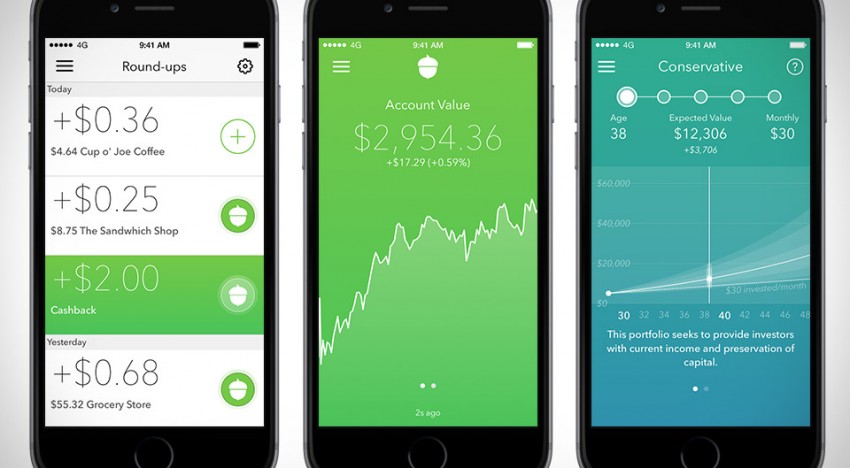
Acorns is the fastest growing savings and investment app. It allows people to round-up their daily purchases and automatically invest the change into a commission-free diversified portfolio of ETFs offered by the world’s top asset managers. The app was built with natural human behavior in mind to inspire realist investment strategies. Round-ups is the feature which allows Acorns users to invest by just using their spare change. Acorns makes it possible to link your spending accounts (EFTPOS, debit and credit cards etc.). Then, you round up the virtual change from every transaction; if you buy a coffee for $3.50, Acorns rounds up that purchase to $4 and invests the 50c into your Acorns portfolio. The goal of the round-ups is to help people invest money every day, even if it’s just a small amount. We think the best way to accomplish this is by linking investing to something we all do every day – spending.
Kensington Street: Good Design Award Best (Overall Winner – Architectural Design) | Design: Public Domain & Landscape Architecture: Turf Design Studio & Jeppe Aagaard AndersenArchitecture: Tonkin Zulaikha Greer, Paul Davies & Associates
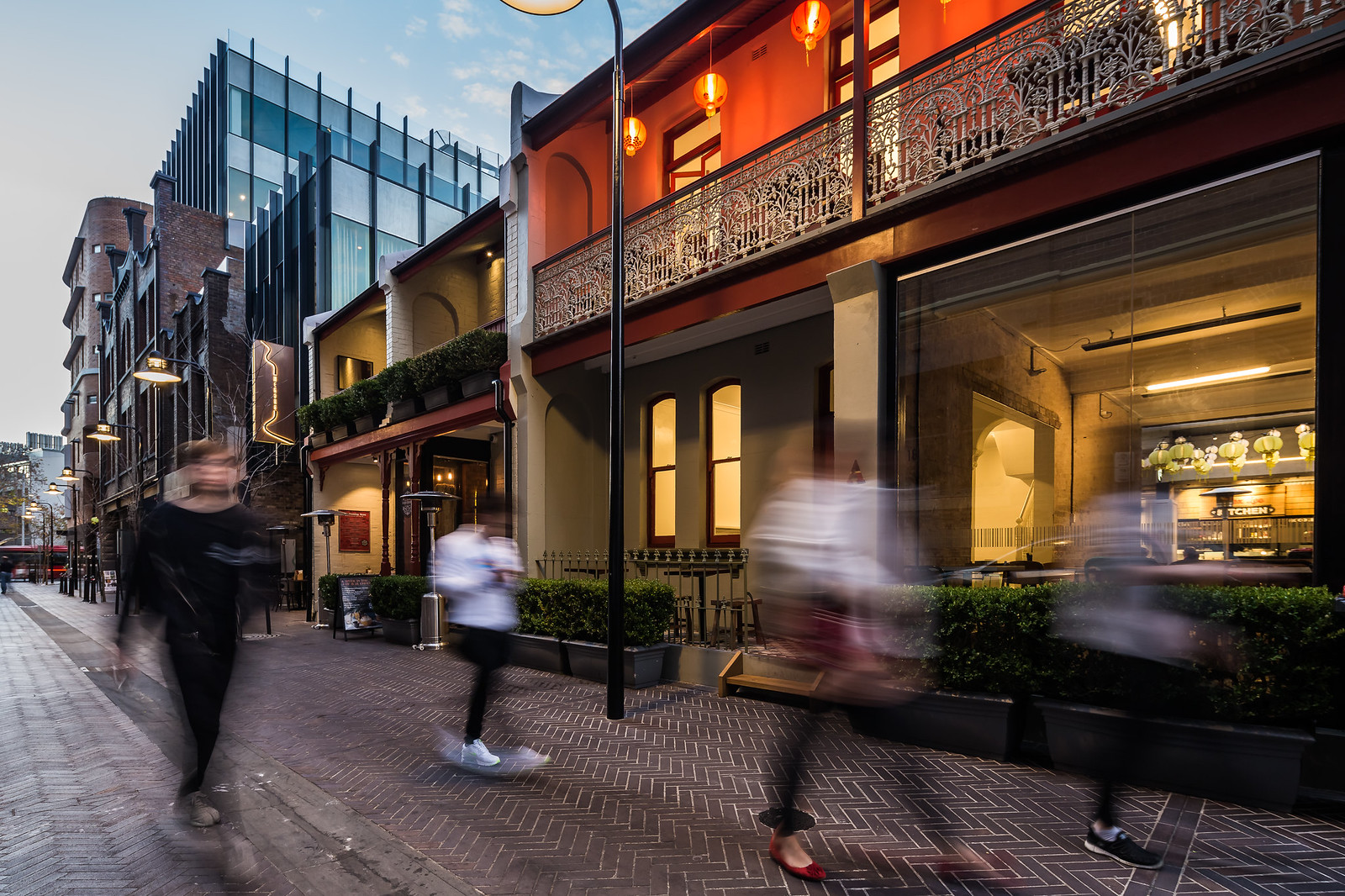
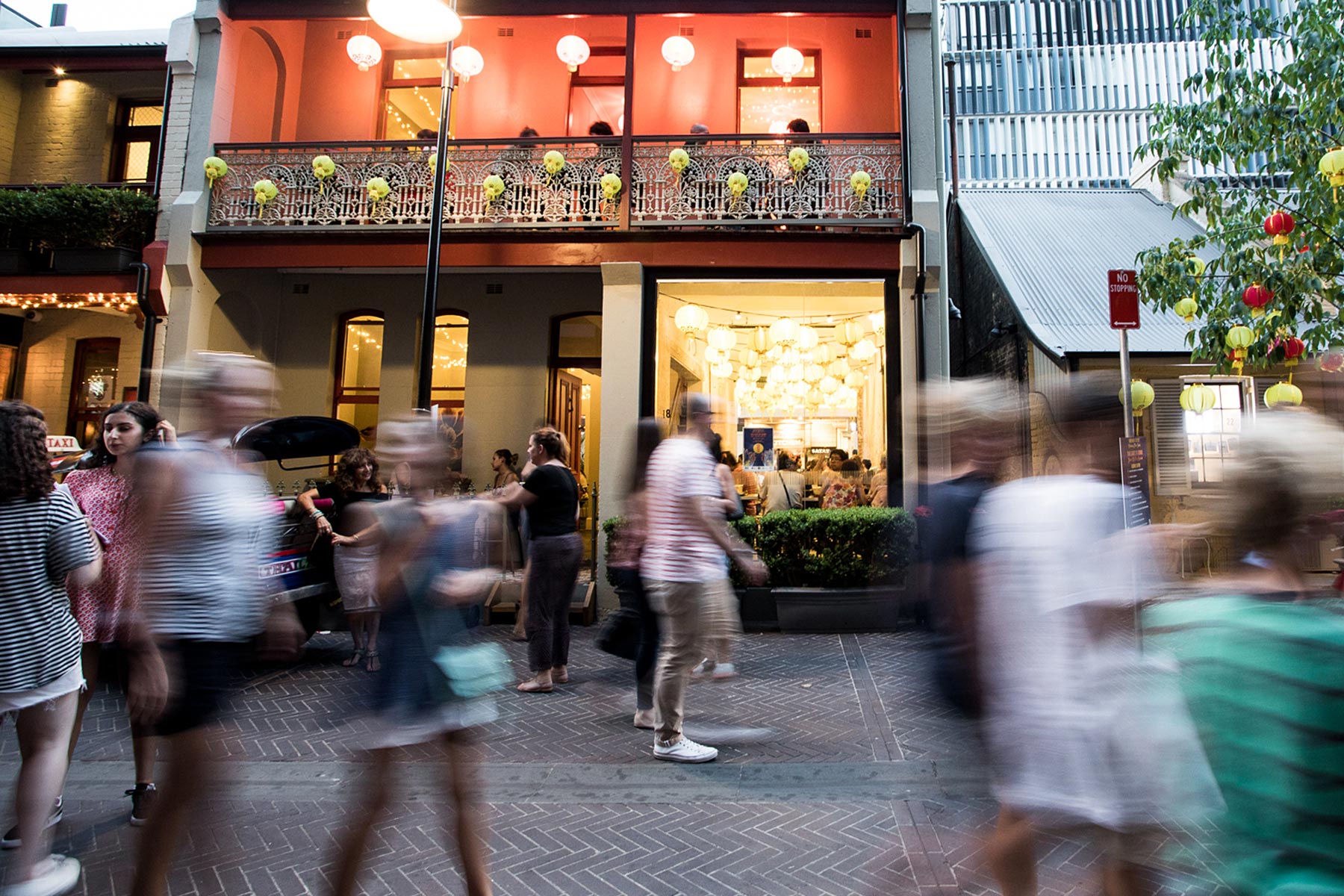

Kensington Street brings to the table Sydney’s newest laneway and sets a new benchmark for the City’s future streets. Transforming a once abandoned corner of the city into an ‘eat street’ destination; heritage terraces are awash with new creative spaces, bringing an eclectic buzz to Broadway and Sydney’s evolving downtown. On the eastern side of the street are working class terraces from 1842 to 1910 that were procured by John Tooth for brewery expansion. These heritage facades have been retained and restored; a significant initiative in retaining heritage value in the street. The Old Clare Hotel has undergone a major overhaul and through careful adaptive reuse, has joined with the former Carlton United Administration Building to transform into a 5-star hotel by Unlisted Collection. In the public domain, original trachyte kerbing has been uplifted and reinstated flush alongside the brick paving, serving as a historical line. Old world charm exudes through its brick and granite features, tying in with its surrounding architecture.
Lucky Iron Fish: Good Design Award (Overall Winner – Social Innovation) | Designer: Gavin Armstrong
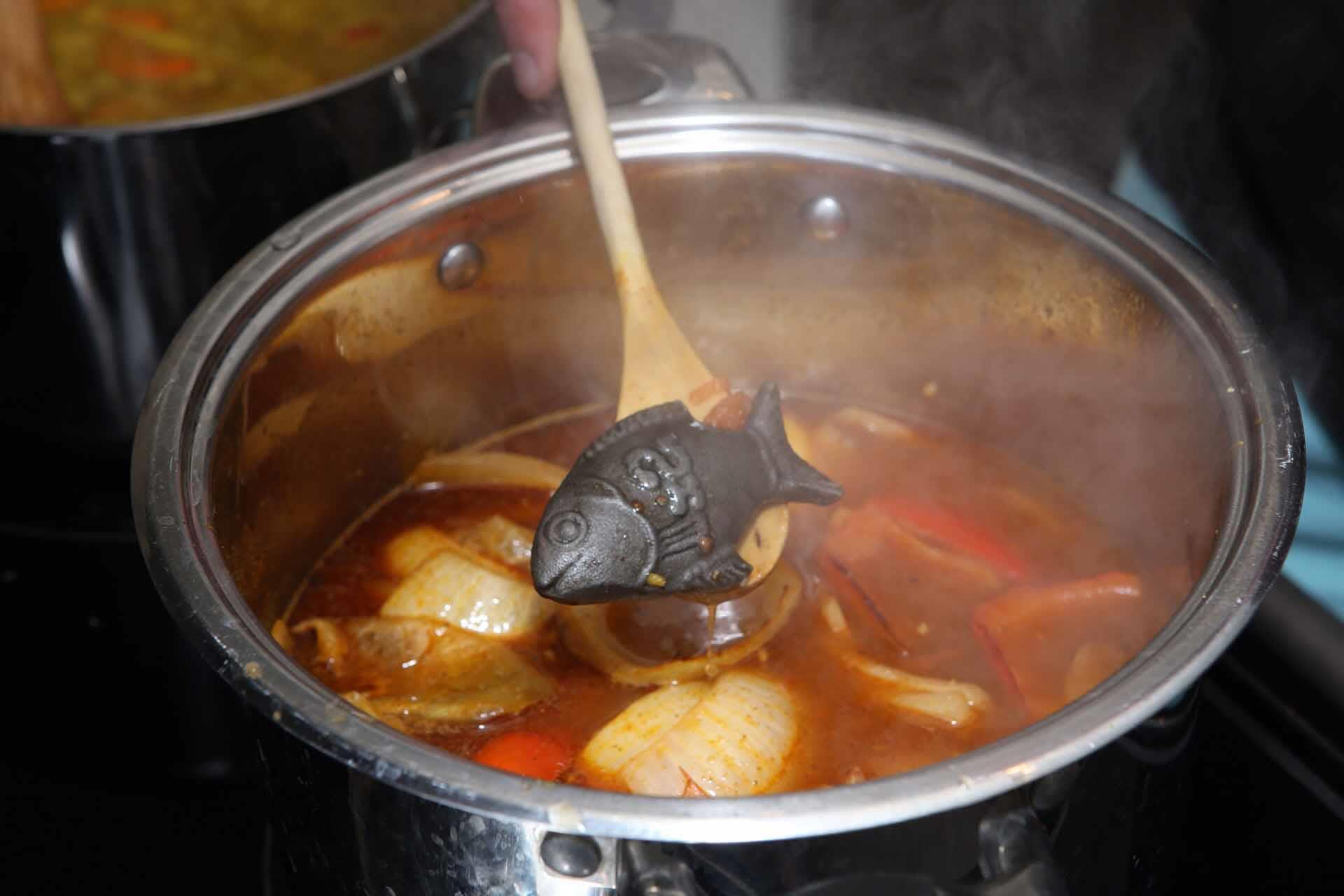

Lucky Iron Fish is a certified B-Corporation founded to wipe out iron deficiency, which affects 3.5B people worldwide and can result in anemia, weakness, impaired cognition, and illness. Its carefully formulated/tested cast iron fish gives a family up to 90% of their required iron intake when used daily during food preparation. Fish-shaped iron ingot to foster cultural affinity/stimulate adoption: We factored in cultural considerations as part of the design to ensure maximum adoption of the product, which we believe was pretty innovative and successful. Once we identified that the fish was a symbol for luck in Cambodian culture where Lucky Iron Fish was first introduced, and added an inscription meaning “Lucky” on the body of the Fish, we saw adoption and persistence rates increase significantly. We’ve also tested and are confident that different iterations of the Fish should perform well in the markets that we are planning to roll out to next.
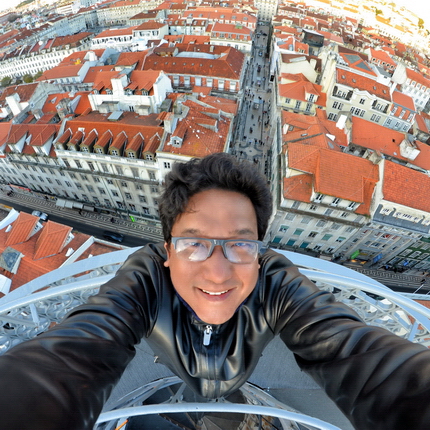
 love ur pics…they are like those moments which u capture in your mind and wished u had a camera right at that moment to capture it…but u actually do capture them :) beautiful…!!!
love ur pics…they are like those moments which u capture in your mind and wished u had a camera right at that moment to capture it…but u actually do capture them :) beautiful…!!! Photo gallery
Photo gallery Photo gallery
Photo gallery i really like your blog – good interesting stuff as always !
i really like your blog – good interesting stuff as always ! I discover TL of a writer and respected intellectual, with a tolerant, global conscience: @GhoshAmitav – tx @Milindo_Taid
I discover TL of a writer and respected intellectual, with a tolerant, global conscience: @GhoshAmitav – tx @Milindo_Taid Still a fan of your unique and sweet finger strum on acoustic guitar. It made an ordinary guitar sound great. Would just love to see and hear one of those too.
Still a fan of your unique and sweet finger strum on acoustic guitar. It made an ordinary guitar sound great. Would just love to see and hear one of those too. Your courses were always the best. By the way, just went through a bit of your website. It’s great! Some good stuff in there that I wouldn’t normally chance upon
Your courses were always the best. By the way, just went through a bit of your website. It’s great! Some good stuff in there that I wouldn’t normally chance upon Photo Gallery
Photo Gallery Happy teachers day! Out of all, your teachings n your way of being have really made a big positive impact on me.
Happy teachers day! Out of all, your teachings n your way of being have really made a big positive impact on me. Photo gallery
Photo gallery Photo gallery
Photo gallery You are the only faculty member I could connect to!
You are the only faculty member I could connect to! Photo gallery
Photo gallery hope you’re changing the world as always :)
hope you’re changing the world as always :) Guitar in your hand reminds me of the MCRC days! You are terrific… :)
Guitar in your hand reminds me of the MCRC days! You are terrific… :) Oldest operating bookstore
Oldest operating bookstore Photo gallery
Photo gallery You are inimitable!
You are inimitable! With all the magical places you are checking off your bucket list! I want to know how to be you :)
With all the magical places you are checking off your bucket list! I want to know how to be you :) You’ll love this site by the awesome Milindo Taid
You’ll love this site by the awesome Milindo Taid Photo gallery
Photo gallery Its really good to see you Milindo, with such awesome stuff from you as usual.. loved your blog as well!
Its really good to see you Milindo, with such awesome stuff from you as usual.. loved your blog as well! Absolutely amazing blog – a chest full of treasure.
Absolutely amazing blog – a chest full of treasure. veryveryinterestingwebsite.have been visiting! thankyou!
veryveryinterestingwebsite.have been visiting! thankyou! Photo Gallery
Photo Gallery Photo gallery
Photo gallery Photo Gallery
Photo Gallery We need more teachers like you :)
We need more teachers like you :) Love your site Milindo. I was excited to see you displaying my husband’s watermelon carvings
Love your site Milindo. I was excited to see you displaying my husband’s watermelon carvings Photo gallery
Photo gallery Photo gallery
Photo gallery I was just looking at your website… amazing it is… full of knowledge as always..
I was just looking at your website… amazing it is… full of knowledge as always.. This is by far amongst the best curated creative content sites out there and the eye and vision of one man, when good, works better than any funded team. Inspired enormously once again :)
This is by far amongst the best curated creative content sites out there and the eye and vision of one man, when good, works better than any funded team. Inspired enormously once again :) Hi Milindo, hope you are inspiring many more around you…wherever you are!
Hi Milindo, hope you are inspiring many more around you…wherever you are! So glad you enjoyed my photos, really honored to be featured on your blog. thank you sir!
So glad you enjoyed my photos, really honored to be featured on your blog. thank you sir! OMG its like a painting!! you have taken photography to another level!!!
OMG its like a painting!! you have taken photography to another level!!! You’re a role model sir, such awesomeness !!! :D
You’re a role model sir, such awesomeness !!! :D Your website is full of delightful posts. I’m going to have to watch where my time goes when I’m visiting! :)
Your website is full of delightful posts. I’m going to have to watch where my time goes when I’m visiting! :) Photo gallery
Photo gallery great blog :)
great blog :) Photo gallery
Photo gallery Photo gallery
Photo gallery You are awesome :)
You are awesome :) Photo gallery
Photo gallery Just detected your blog: impressive. wishing you continued inspiration and health.
Just detected your blog: impressive. wishing you continued inspiration and health. Photo gallery
Photo gallery Never thought I’d say this, but it was the most interesting classes I’ve sat in.. and of course, the day you played Sultans of Swing for us. Hope you continue to influence the next generations with your dynamic yet simple teachings.
Never thought I’d say this, but it was the most interesting classes I’ve sat in.. and of course, the day you played Sultans of Swing for us. Hope you continue to influence the next generations with your dynamic yet simple teachings. Photo gallery
Photo gallery Photo gallery
Photo gallery Milind never told u but u were my first true inspiration….I almost learnt the guitar watching u play…..thanx for being there
Milind never told u but u were my first true inspiration….I almost learnt the guitar watching u play…..thanx for being there #NowFollowing @Milindo_Taid One of the most influential n interesting mentor from my design school. Always loaded. :)
#NowFollowing @Milindo_Taid One of the most influential n interesting mentor from my design school. Always loaded. :) Grt milindo. eachtime want to check out something good on net…know where to go now!
Grt milindo. eachtime want to check out something good on net…know where to go now! Photo gallery
Photo gallery